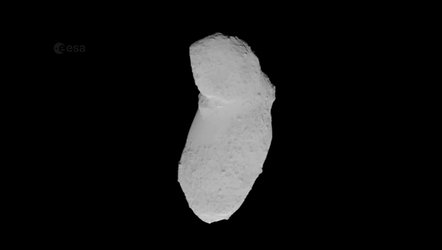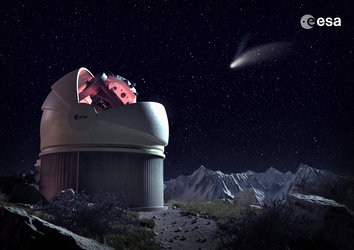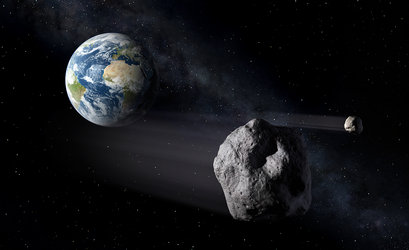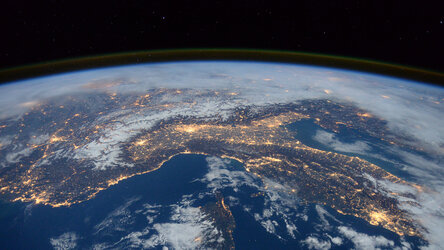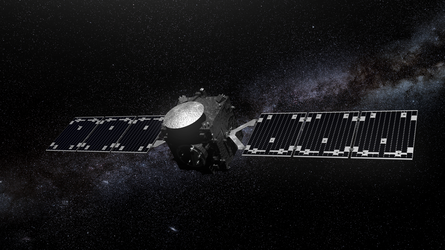Asteroid Day 2018
On 30 June 1908, 110 years ago, a 40 m asteroid struck the Earth over Tunguska, Siberia. Destroying an area of forest the size of Greater London, this was the most significant impact event in Earth’s recent history. Now recognised by the United Nations as Asteroid Day, 30 June marks a global opportunity to raise awareness of the threat and opportunity posed by the numerous rocky bodies traversing space.
Since 2009, ESA has played a leading role in the global hunt for risky asteroids and comets – known formally to astronomers as near-Earth objects (NEO) – and is currently developing cutting-edge widefield telescopes that will have the ability to scan the entire sky in just 48 hours. ESA also carries out crucial analysis as part of its Space Situational Awareness (SSA) programme and mobilises observatories and astronomers worldwide through its SSA NEO Coordination Centre at the Agency's ESRIN facility in Italy.
Each year, Asteroid Day is broadcast live across the globe with a packed programme that brings together astronauts, rock stars and scientists. Highlighting our potentially vulnerable place in space, the live event also describes the many ingenious and yet not-far-from scifi potential solutions to these dangerous roaming rocks.
Each year hundreds of regional events also take place, with 78 countries so far having hosted concerts, community events, lectures and much more.
This year, ESA will participate in the following 2018 Asteroid Day activities:
- On 29 June at 18:00 CEST, a public ‘infotainment’ event will be held at the Technical University Darmstadt. With the overall theme of asteroid risk and mitigation, topics will include ESA's Hera mission, ESA’s ‘Fly-Eye’ Telescope currently under construction in Italy, and the latest news on the NASA mission “Osiris Rex” – currently on its way to asteroid Bennu. The difficulty of detecting small asteroids will also be demonstrated with observational data from the Teide observatory in Spain (event held in German).
- On 30 June, the European Southern Observatory (ESO) and ESA team up to co-produce a packed webcast, streamed live from the new ESO Supernova Planetarium and Visitor Centre in Munich, from 13:00 CEST. The programme will highlight some of the most recent activities in the global hunt for risky asteroids, as well as conversations with ESA planetary scientists, asteroid experts and a variety of guest presenters. Fascinating insights into the 2013 Chelyabinsk event will be presented, as well as discussions around the possibility of one day sending humans to asteroids. Watch live via esa.int/asteroidday.



